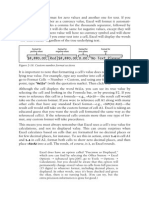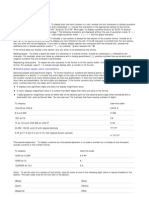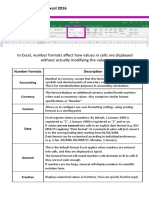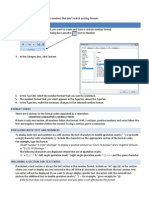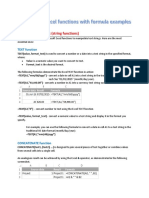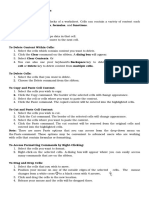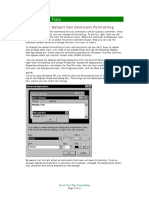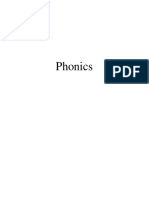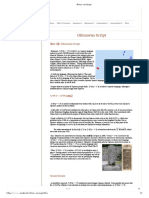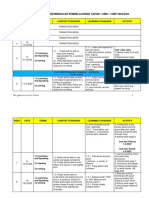0% found this document useful (0 votes)
81 views42 pagesTEXT Function Examples
The document describes various examples of using the TEXT function in Excel to format values as text strings. It includes examples of formatting numbers with thousands separators, currency symbols, date and time formats, percentages, fractions, and more. Various worksheets in a linked Excel file provide examples of applying different number format codes to values using the TEXT function.
Uploaded by
LuisSalinasCopyright
© © All Rights Reserved
We take content rights seriously. If you suspect this is your content, claim it here.
Available Formats
Download as XLSX, PDF, TXT or read online on Scribd
0% found this document useful (0 votes)
81 views42 pagesTEXT Function Examples
The document describes various examples of using the TEXT function in Excel to format values as text strings. It includes examples of formatting numbers with thousands separators, currency symbols, date and time formats, percentages, fractions, and more. Various worksheets in a linked Excel file provide examples of applying different number format codes to values using the TEXT function.
Uploaded by
LuisSalinasCopyright
© © All Rights Reserved
We take content rights seriously. If you suspect this is your content, claim it here.
Available Formats
Download as XLSX, PDF, TXT or read online on Scribd
/ 42















